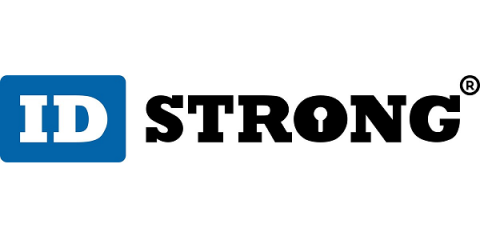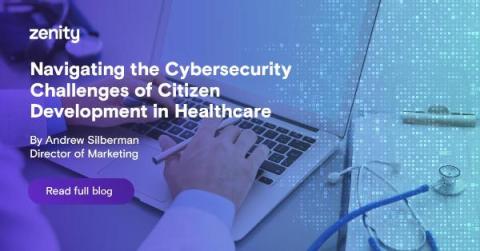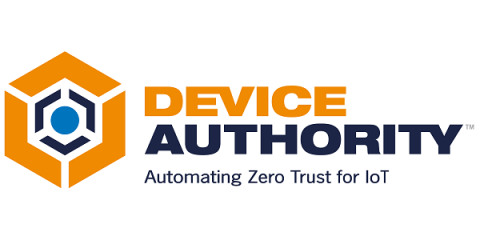TruePill Data Breach Exposes 2.3 Million Patients, Class Action Begins
Digital startup PostMeds Inc., operating as TruePill, is an online pharmacy service based in California. The company allows patients to compare copay pricing, get status notifications on pill orders, and request refills. However, all this may change soon; at the end of October, TruePill endured a severe data breach, landing them in hot water with patients and courts.







